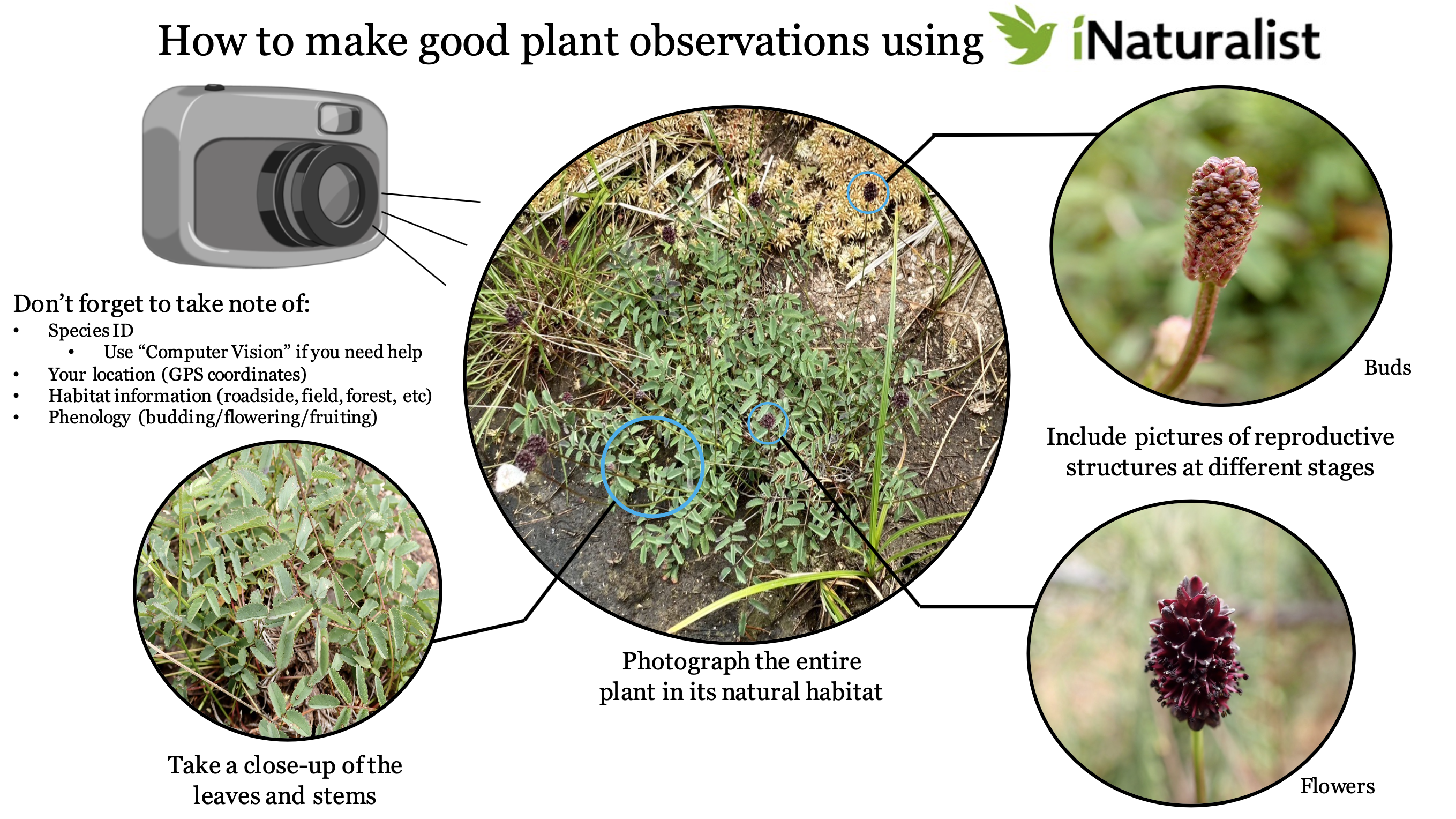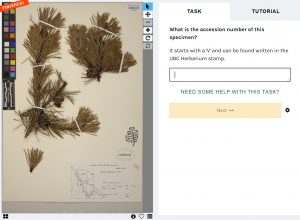
iNaturalist – official ‘how to’ guide
iNaturalist is an amazing tool for documenting biodiversity through community science (the collection and analysis of data relating to the natural world by members of the general public). iNaturalist can be used to catalog pretty much any organism you can think of. Users contribute to iNaturalist by making observations (typically in the form of pictures, but you can submit sounds if you’re observing a bird). With the photographs and geographic information (GPS coordinates) provided by the user, iNaturalist uses machine learning to provide ID suggestions. Typically, it will suggest a genus, and then list a series of species suggestions based on visual similarity and/or the presence of nearby observations. Once an observation has been uploaded to iNaturalist, other users can confirm the ID or provide an alternate species ID if they disagree. Once an observation has been identified to species by at least two people (and there are no dissenting opinions / disagreements on the observation), the observation is upgraded from “Needs ID” to “Research Grade”.
The valuable observations generated by iNaturalist users are amassed into the iNaturalist database, which can be searched by any user. The database can be searched based on organism, geographic location, or iNaturalist user, and there is a data export tool that researchers or conservation organizations can use. In addition, research grade observations are indexed by GBIF, contributing to a rich database of worldwide biodiversity information.
Because iNaturalist observations are amassed via community science (by many people who are not expert taxonomists), data quality is an important issue. The requirement for confirmation to attain “Research Grade” helps with this, but there are several things you can do as well to ensure high quality observations.
![]() Bryophyte (moss/liverwort) submissions are especially challenging – click on the arrow for help to make your contributions meaningful to the INaturalist community.
Bryophyte (moss/liverwort) submissions are especially challenging – click on the arrow for help to make your contributions meaningful to the INaturalist community.
Note: iNaturalist can be used in a web browser or via a smartphone app (both Android and iPhone). While the browser version has more features and makes it easier to search the iNaturalist database, the smartphone app streamlines the observation process, allowing users to take pictures directly within the app. iNaturalist provides many online resources, including a page to help you get started using the platform.
Zoooniverse and Notes from Nature

Zooniverse is a citizen science web portal and is home to some of the Internet’s largest, most popular and most successful citizen science projects, https://www.zooniverse.org/. You as a volunteer can have an opportunity to ‘look’ into a collection and help build a database of biodiversity knowledge. Notes from Nature is a group that supports and promotes projects bring together collection and volunteers to make a difference. If you want to know more on how your volunteer time can make in a difference, read on.


